When visiting Japan, it is important to understand road traffic conditions in order to travel efficiently. Since Japan’s traffic rules and features differ from those of other countries in many respects, we have narrowed them down to 8 key points for a comfortable and safe trip, which you should keep in mind before driving.
Left-side Traffic in Japan
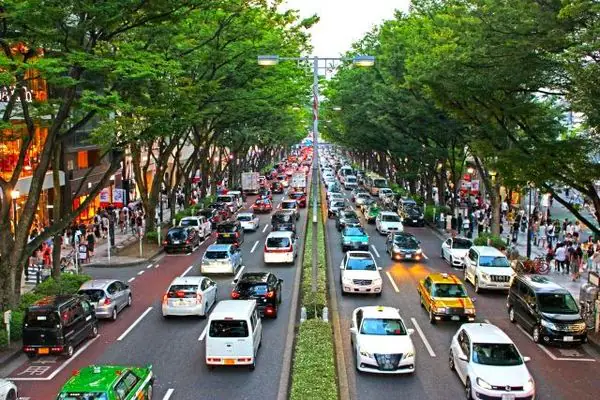
In Japan, vehicles drive on the left side of the road. While those accustomed to right-hand traffic might initially find it challenging at intersections and roundabouts, following signs and signals will ensure safe driving. Additionally, rental cars are typically right-hand drive.
License Requirements
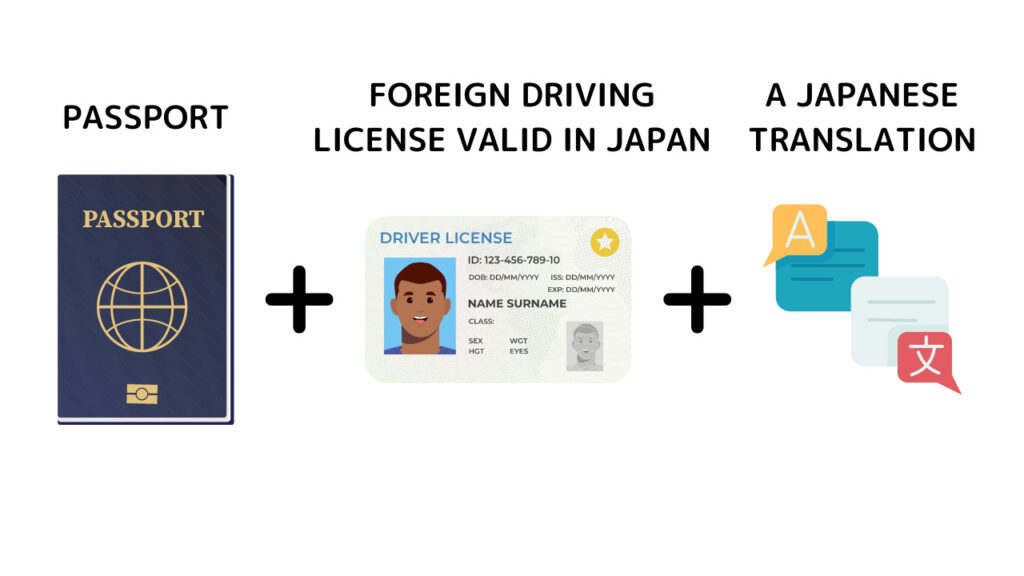
Foreign tourists need either a valid International Driving Permit or an official translation of their foreign license (from approved countries) to drive in Japan.

Highways and Toll Systems
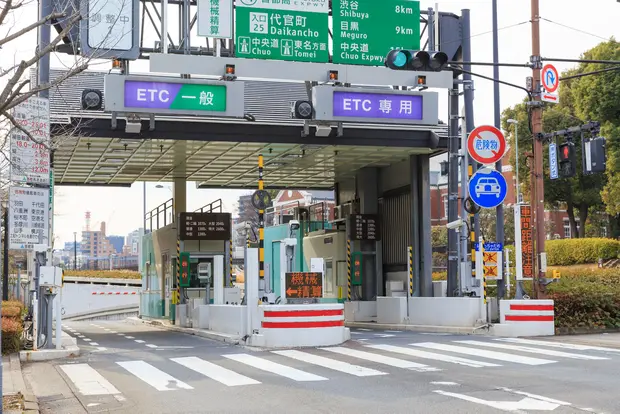
Japanese highways (called “Kosoku” or “Expressway”) are toll roads. Fees vary by distance, and using an ETC card is recommended. It’s advisable to rent an ETC card when renting a car.
Purple signs marked “ETC” indicate ETC-only lanes where cash payments aren’t accepted. Green signs indicate general lanes where you can pay by cash or credit cards like Visa and Master Card.
Traffic Rules
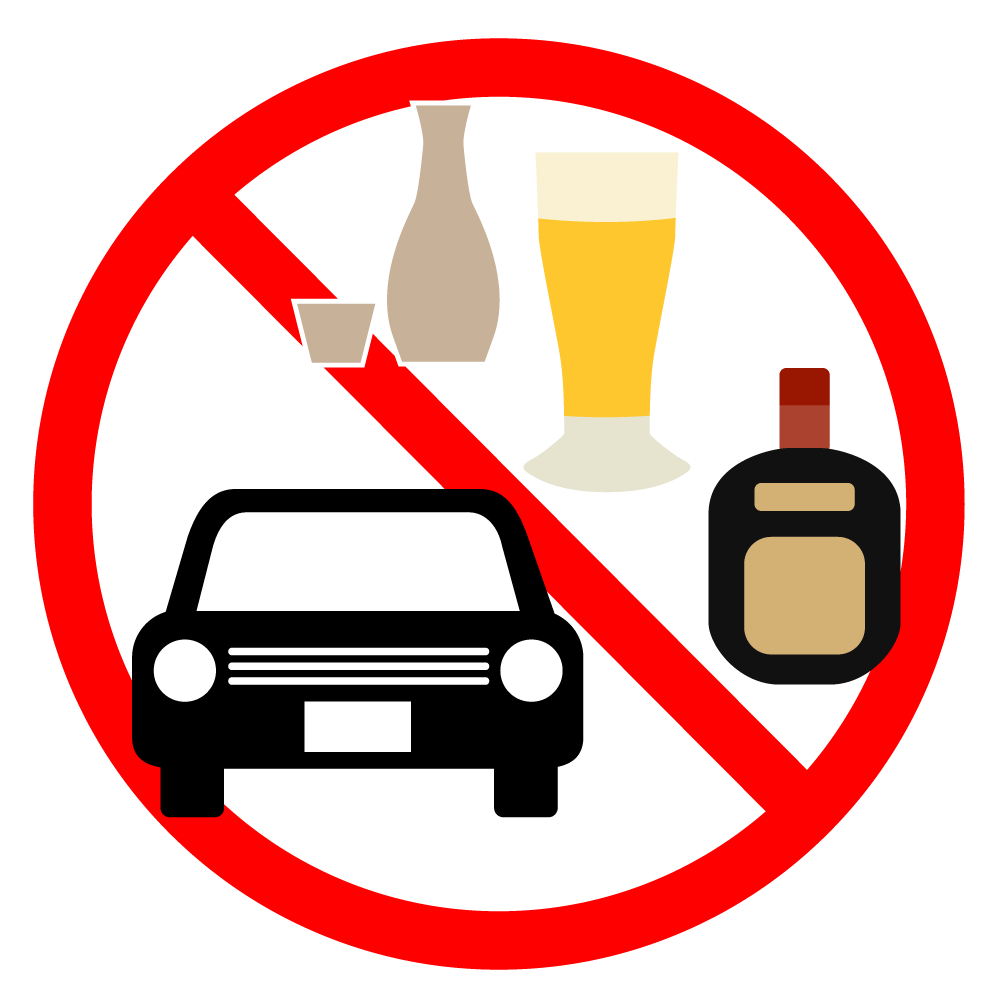
Japanese traffic rules are strict and special attention should be paid to the following points:
- Seat belts: It is compulsory to wear seat belts in all seats.
- Prohibit drunk driving: Drunk driving is severely punished in Japan. Please do not drive under the influence of alcohol.
- Speed Limits: Speed in Japan is measured in km/h (1mph=1.6km/h). (1mph=1.6km/h) 60km/h in cities and 100km/h on highways are common. Speed limits are determined by the road, so please follow the signs accordingly.
- Pedestrians have priority: Pedestrians have priority at signalized intersections and crosswalks. Cars should always stop and yield the right of way. Recently, there has been an increase in the number of crackdowns on pedestrians obstructing pedestrians in crosswalks.
Road Signs and Signals
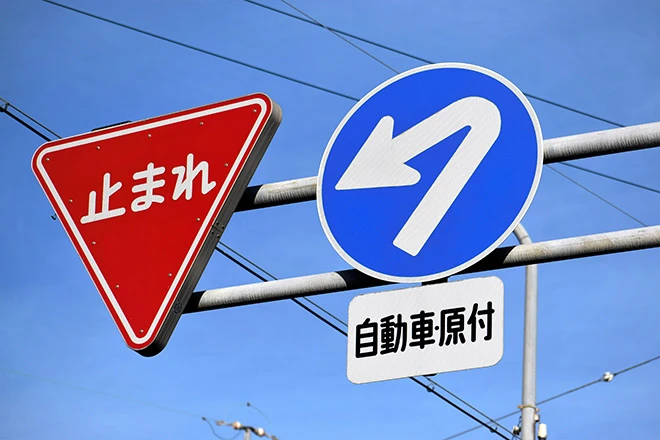
Japanese road signs are based on international standards, but there are some points that require attention:
- Many signs are written in English, but some are only in Japanese.
- Always stop at red lights. To turn right, you must wait until a special arrow signal appears at the intersection. It is not allowed to turn right or left at red lights!
- At railroad crossings, you must always pause, even if there is no circuit breaker! This is a rule that differs greatly from those in other countries, so please be careful. There are often police officers at railroad crossings.
- You cannot change lanes at yellow lines. However, if there is a dashed white line on your side of the road, you can change lanes.
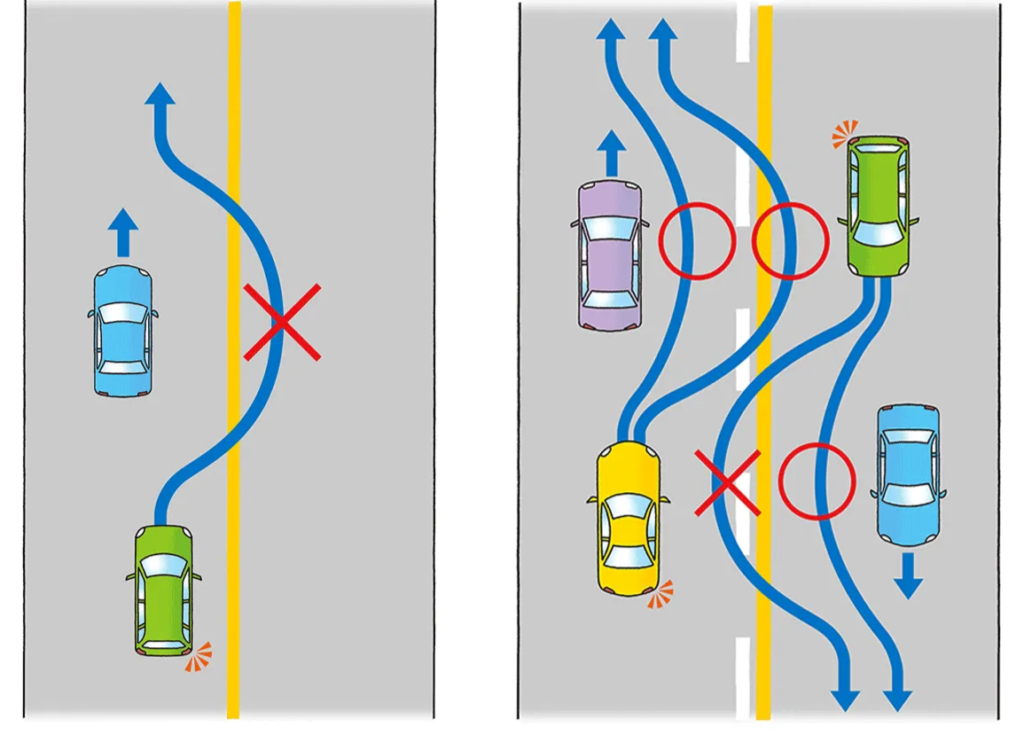
The following table shows some of the signs in English for your reference.
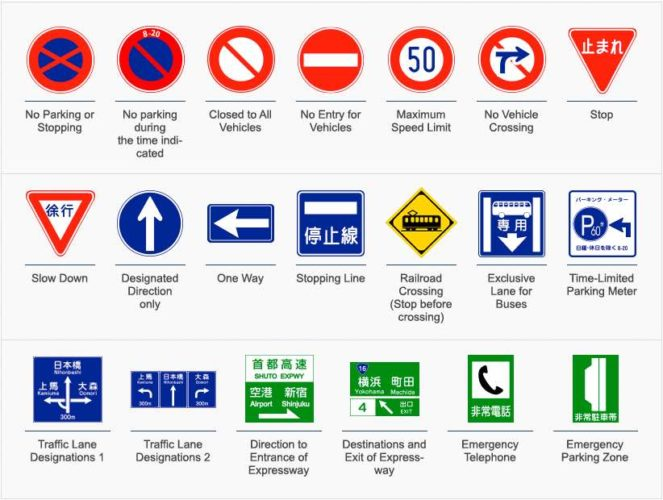
Parking
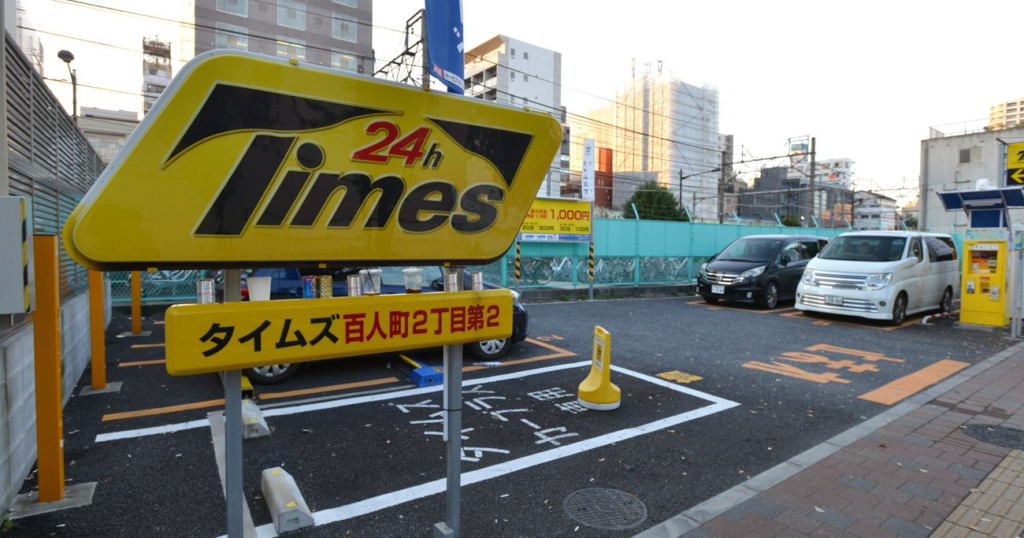
Street parking is prohibited in most urban areas of Japan, and you must use designated parking lots. Parking fees vary by region, and it’s advisable to locate parking facilities in advance in urban areas where fees tend to be high. There are mainly four types: mechanical parking, gate system, lock plate system, and parking meters.
To know more about how to use the parking lot, read this article!
Regional Considerations
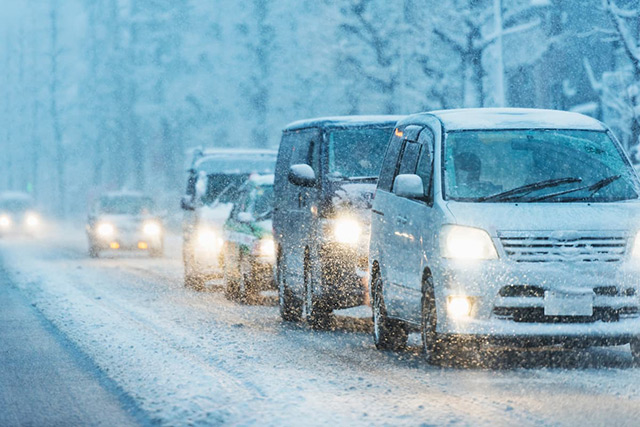
- Snow and mountain roads: If you visit during the winter, you will need to drive on snow-covered roads, especially in Hokkaido and the Japanese Alps region. Be sure to wear studless tires or chains. If you are renting a car from Tokyo or other urban centers, most of them are in summer tires even in winter, so please contact the car rental agency in advance to confirm.
- Narrow roads: In some parts of Japan, roads are very narrow and driving a large vehicle can be difficult. Drive with caution, especially in Tokyo, where there are many cars, bicycles and pedestrians.
Emergency Response
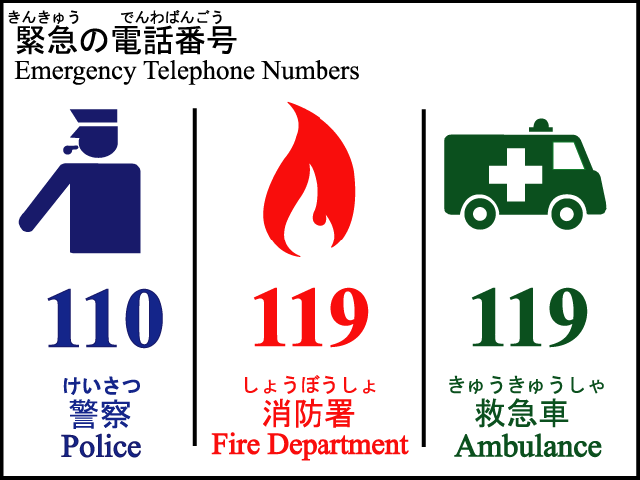
In case of accidents or trouble, contact the police (110) or fire & ambulance services (119). If you’re using a rental car, make sure to contact the rental car company as well.
Summary
Japan’s traffic conditions are well-maintained with strict regulations, making it a safe environment for driving. Understanding traffic rules and regional characteristics in advance will help you enjoy your tour more comfortably. If you plan to drive, please use this article as a reference and have a wonderful trip!
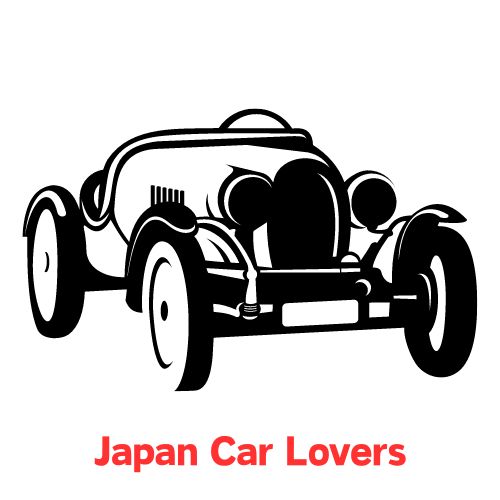
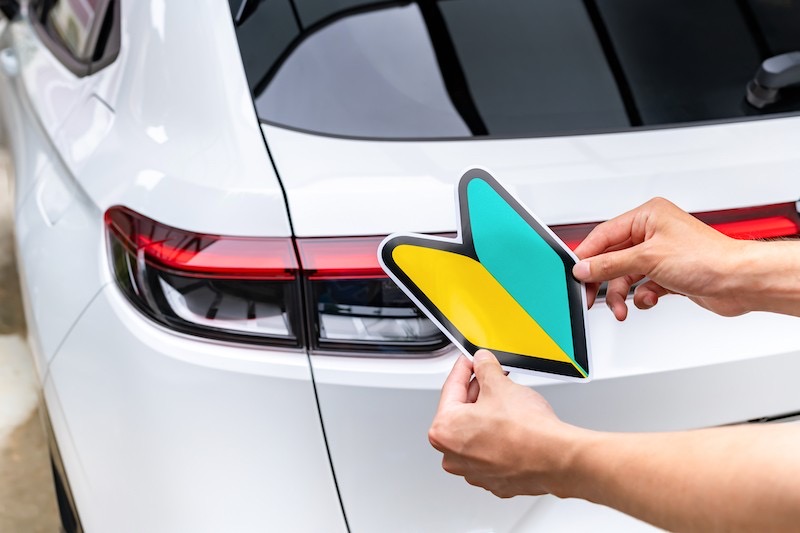



Comment Comment